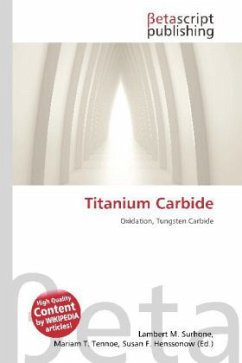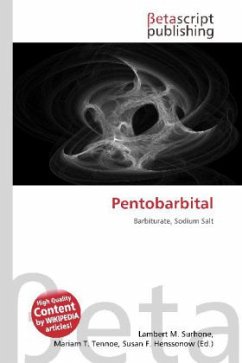
Violarite
Versandkostenfrei!
Versandfertig in 6-10 Tagen
19,99 €
inkl. MwSt.

PAYBACK Punkte
10 °P sammeln!
Please note that the content of this book primarily consists of articles available from Wikipedia or other free sources online. Violarite is formed by oxidisation of primary sulfide assemblages in nickel sulfide mineralisation. The process of formation involves oxidation of Ni2+ and Fe2+ which is contained within the primary pentlandite-pyrrhotite-pyrite assemblage. Violarite is produced at the expense of both pentlandite and pyrrhotite, via the following basic reaction; Pentlandite + Pyrrhotite -- Violarite + Acid (Fe,Ni)9S8 + Fe(1-x)S + O2 Fe2+Ni23+S4 + H2SO3 Violarite is also reported to be...
Please note that the content of this book primarily consists of articles available from Wikipedia or other free sources online. Violarite is formed by oxidisation of primary sulfide assemblages in nickel sulfide mineralisation. The process of formation involves oxidation of Ni2+ and Fe2+ which is contained within the primary pentlandite-pyrrhotite-pyrite assemblage. Violarite is produced at the expense of both pentlandite and pyrrhotite, via the following basic reaction; Pentlandite + Pyrrhotite -- Violarite + Acid (Fe,Ni)9S8 + Fe(1-x)S + O2 Fe2+Ni23+S4 + H2SO3 Violarite is also reported to be produced in low-temperature metamorphism of primary sulfides, though this is an unusual paragenetic indicator for the mineral. Continued oxidation of violarite leads to replacement by goethite and formation of a gossanous boxwork, with nickel tending to remain as impurities within the goethite or hematite, or rarely as carbonate minerals.












